

Hey what’s going on!
So as a successful Amazon FBA seller, I’ve spent hundreds of hours researching tools to make my business more efficient.
In-fact, not only have I done this for my Amazon FBA business, but I’ve also researched tools for my lead generation business, which now makes me $30K a month.
With the online marketing world exploding over the last 10 years, there’s been an insane increase in the number of awesome tools created for entrepreneurs like us.
This means that we have a lot of choice when it comes to picking the best tools for our businesses.
In this article, I’m gonna dive into two of the biggest Amazon FBA tools out there, and I’ll compare them against each other to see how they stack up.
We’re gonna take a look at Jungle Scout v Helium 10, and see which tool comes out on top as the winner!
I'm also gonna share a few dirty secrets about Amazon FBA, which almost no one will tell you...so keep reading!
Ok, let’s rock n’ roll...
1. JUNGLE SCOUT: What is Jungle Scout?
Jungle Scout is the insanely popular Amazon research tool that takes the guesswork out of dominating when it comes to picking winning products to sell on Amazon.
It comes as either a Chrome browser plugin, or as an online web app, meaning there’s no software to download or updates to manage.
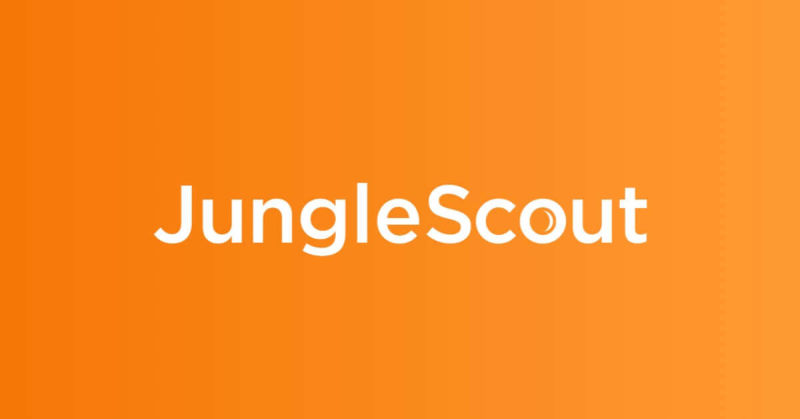

With a database of over 75 million products, Jungle Scout is a powerhouse in the Amazon research tool market, and it’s for this reason that it has become a very popular choice with Amazon sellers, looking for their first (or next) product to sell.
While Jungle Scout is often thought of as a product research tool for Amazon sellers, it offers an impressive suite of additional features that can’t be ignored.
These include product tracking, which allows you to keep a finger on various product metrics such as sales data, inventory and various analytics.
It also offers supplier sourcing, where the tool will connect you with a selection of reliable suppliers.
This will go a long way to eliminate the risk that every new seller faces…being scammed by a dodgy supplier.
There’s also a keyword research module, which allows you to get killer insight into what shoppers are actually searching for, and to then optimize your Amazon listing accordingly.


Lastly, Jungle Scout comes with an Inventory Manager module, which links in to your stock and offers real time data and guidance around placing your next orders etc.
So yea, Jungle Scout is way more than just your basic research tool.
2. HELIUM 10: What is Helium 10?
Helium 10 is the tool that is designed to help you with every aspect of your Amazon business.
Whether it’s ranking your product, inventory tracking and management, product research, keyword research or even refund monitoring and tracking, Helium 10 has a solution for it.
All in all, they have 21 tools included, which are bundled into 5 different categories.
These are broken down into Product Research, Keyword Research, Ongoing Maintenance, Product Launches and Listing Optimization.
3. SHARED FEATURES: Features that Both Jungle Scout and Helium 10 Share
The biggest feature that Jungle Scout and Helium 10 share is the Keyword Research tool. In-fact, for most part the two tools look almost identical.


Both tools also offer a browser extension for simple installation and use, and these allow you to quickly and easily drill into the details of the exact page that you're looking at on Amazon.
The data that you are able to scrape from both keyword tools is pretty awesome.
This includes estimated sales volume (number of units a month), competitor inventory levels, profitability, PPC costs and the ability to track keywords and products over a period of time.
4. JUNGLE SCOUT FEATURES: That Helium 10 Doesn't Have
When it comes to nailing your product launch, the first few days are super important. Jungle Scout has a pretty dope Giveaway Platform which takes all the guesswork out of this process for you, and makes sure you nail your launch like a pro.
They also have a comprehensive supplier database, which Helium 10 lacks.
This feature is pretty impressive, and can make a huge difference to your success on Amazon, at least in the early stages.


It allows you to do a deep dive into the world of suppliers, and you can literally spy on your competition, finding out which suppliers are supplying who, and in what amounts.
Best of all, you can even see what they are paying for their items, which is gonna give you some serious negotiation power when the time comes to discuss price with your suppliers.
5. HELIUM 10 FEATURES: That Jungle Scout Doesn't Have
Look, it's no secret that Helium 10 has a lot more features than Jungle Scout.
Does that make it a better product? Keep reading to find out...
One of the coolest features that Helium 10 has which Jungle Scout is lacking include Refund Genie which offers a simple way to keep tabs on Amazon, and make sure that they are refunding you for any damaged items caused by them (they don't always do this normally).


If you start selling on Amazon, you're soon gonna find that having your listing hijacked is a very real possibility.
Seller alerts are another cool feature in the Helium 10 suite that help with this problem, by proactively notifying you when any major change to your listing takes place.
These changes include image changed, title changed, price changes etc.
You can also keep an eye on competitors and monitor what they are ranking for, both organically and for paid PPC traffic.
6. DATA ACCURACY: Is the Data Correct?
Look, data accuracy is a big deal.
In-fact I’d go as far as to say it’s the biggest deal when comparing tools like this.
I mean, at the end of the day, if you can’t trust the data, then what’s the point of using the tool right?
Ideally when it comes to data accuracy, you’re gonna need a strong sample size to allow for accurate data modelling.
In this case, Jungle Scout has the longest data history, going back several years.


The team at Jungle Scout have run countless case studies and experiments to test and track their data accuracy, as well as the accuracy of their competitors.
One of the biggest metrics is of course the ‘Estimated Sales’ value, and this has been the area the JS team have paid careful attention to.
According to results they released, the Jungle Scout app comes out on top with an 84% accuracy score.
This beats Helium 10 by 10%.
Of course it’s important to remember that these reports were carried out by the JS team themselves, so they could be a little biased.
The only real way to test the tools is to compare their sales volume estimates with your own actual sales.


In my experience with doing this, Jungle Scout was almost spot on, with the number of monthly sales I was making. to the point where it was almost like they had access to my Seller Central account (they didn’t don’t worry).
For example, with one of my products, their tool estimated my monthly sales volume was 1,800 and I actually did around 1,850...not bad!
So while both Jungle Scout and Helium 10 are pretty good when it comes to accurate data, the JS team take first prize here for me.
7. USER EXPERIENCE - How Easy are Jungle Scout and Helium 10 to Use?
When it comes to ease of use, both Jungle Scout and Helium 10 are really well laid out, and provide a solid user experience.
If I had to pick one, I’d probably say that Jungle Scout has a more intuitive layout, and I found that the dashboard definitely seems to load quicker.
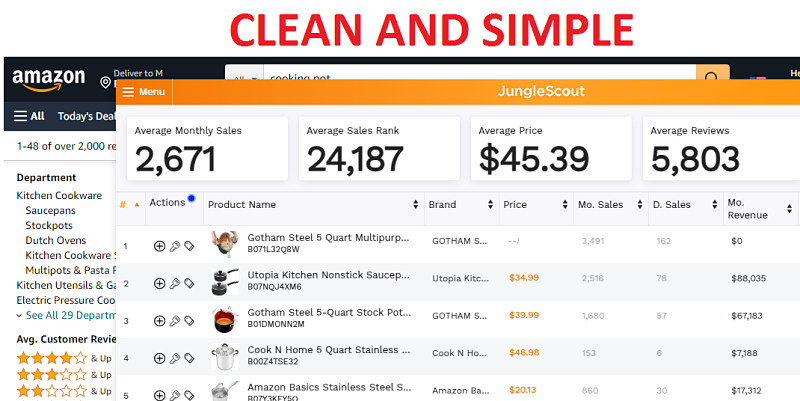

While Helium 10 is packed full of awesome tools, this actually creates a slightly overwhelming experience when you first log in, and I thought they could improve on the naming convention.
I mean let’s be honest, what does “Cerebo”, or “Scribbles” mean to a new user?
Jungle Scout’s naming convention was far more intuitive and it made it a lot easier to dive into and start using.
Both tools come with awesome training videos, but again I couldn’t help but feel that Jungle Scout won this battle too.
What made the JS videos so awesome was that a lot of them are actually led by their founder Greg Mercer.
If you haven’t seen any of Greg’s videos, do yourself a favor and check them out. As an Amazon seller himself, you can immediately see his passion for the subject, and he’s really trying to solve a problem for his customers.


It’s not every day you get the CEO of a company leading the training sessions, and the videos he takes you through are all high quality, real life examples which give you awesome insight into how to use the tools.
This gave the whole Jungle Scout tool a real "family" feel.
With Helium 10, I found that the training videos were also solid, although they weren't as personal as the Jungle Scout ones.


While they were informative, they were lacking the same warm, friendly feel that I got from the Jungle Scout training, and the overall framework of Helium 10 can be a little confusing at times.
8. PRODUCT CREATORS: Do They Actually Sell on Amazon?
Jungle Scouts big tagline is that it is an Amazon tool, made for Amazon sellers, by Amazon sellers.
The creator, Greg Mercer, is an 8 figure Amazon seller himself, and built the tool from the ground up to address the needs he had when it came to product research.
From humble beginnings, it quickly spiraled into the monster it is today.
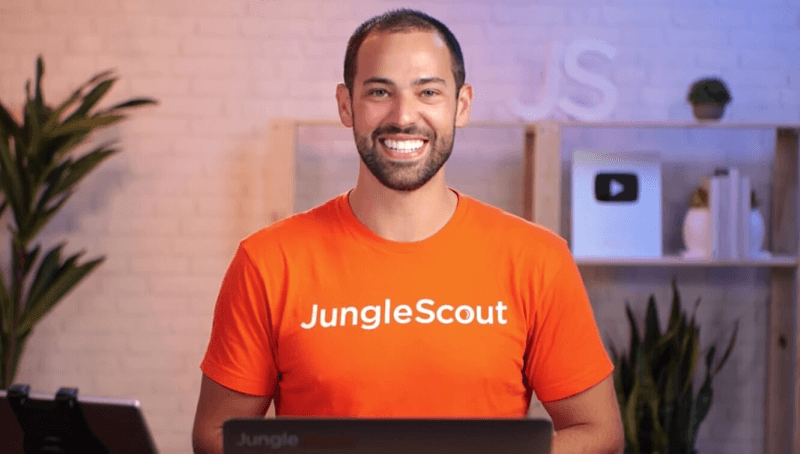

The cool thing is that Greg is such a down to earth guy, that he’s managed to make sure that Jungle Scout still has that “we care” feeling, even though it’s a multi million dollar company.
Helium 10 may not have quite the same family feel that Jungle Scout does, but its creator Manny Coats is also a bit of a legend in the Amazon game, and a highly successful seller himself.


He drops a ton of knowledge on his AM/PM Podcast, which he dedicates to the topic of selling on Amazon, so check that out if you're interested.
9. SUPPORT: How Do they Stack up When You Need Help and Resources?
When it comes to dedicated support, it's pretty hard to beat Jungle Scout's team that are available 24 hours a day, 7 days a week, 365 days a year (yes, even on Xmas day).
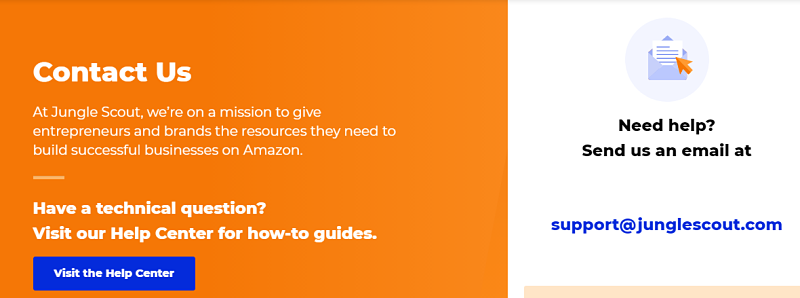

The family feel that Greg Mercer has done so well at creating seems to flow right through the organization to their support team, and you can feel the passion and will to help their customers when you interact with them.
They also have a solid training library, which acts as a resource base for almost any question that you may have. In this library, you'll find hours and hours of training videos, which will ensure that you're getting the most out of the tool.
While Helium 10 offers a training academy as well, it doesn't have the extensive detail that the Jungle Scout one does.


Their Freedom Ticket program offers solid information, as well as live lessons and Q&A sessions.
The downside though, is that this is only available to their top tier customers, which kinda sucks!
10. FEEDBACK IS A GIFT: Customer Reviews and Ratings
Jungle Scout pretty much cleans up the customer review contest and while both tools have a solid fan base, JS is the king of positive reviews, with almost 2,000 reviews to Helium10's 80 odd reviews.


While their Trust Pilot rating is similar, I'd personally favor a product that's had almost 2,000 people take the time to review it, over a product with less than 100 reviews.
This shows a raving customer fan base, that love the tool they are using.
11. PRICING: How Much Does Jungle Scout Cost?
The cool thing about Jungle Scout is that they lay out the cost in a super simple way that even a 4 year old can understand.
First up, you get to try the tool for 14 days risk free, meaning you can get a full refund should you not be happy with what they are delivering.
When it comes to selecting a plan, you have a few options:
![JS Prices]_opt Jungle Scout Price](https://socialcrawlytics.com/wp-content/uploads/2021/02/JS-Prices_opt.png)
![JS Prices]_opt Jungle Scout Price](https://socialcrawlytics.com/wp-content/uploads/2021/02/JS-Prices_opt.png)
If you’re looking for the simple solution, you can grab the Chrome extension under the basic option for as low as $29 a month when paid for annually.
While this option may not have all the bells and whistles, it gives you a solid research tool with some awesome insight into the Amazon market.
Next up is the suite option which comes in at $49 a month when paid for annually. This has everything that the basic option has, plus a few extras.
Lastly if you’re looking to use the tool in more of an agency setting, the professional option will set you back $84 a month when paid for the year upfront, and it allows you to add multiple users and includes a few extra features that the cheaper options don’t have.
Overall, the price plans are clear, concise and to the point.
My kind of style.
12. PRICING: How Much Does Helium 10 Cost?
In my opinion, the pricing layout for Helium 10 isn't as clear as Jungle Scout, and overall quite a bit more expensive.
They offer a free version, but the catch is that it comes with limited uses on each product. This can be a real downer if you’re just getting started with Amazon and are in all out research mode, looking up products all day.
If that sounds like you, then you ain’t gonna get too far with the free version of Helium 10.


They also offer a la carte pricing options.
This may sound cool, but the reality is that you’re then paying up to $40 a month for each individual tool, which will start getting pricey quickly.
Like Jungle Scout, Helium10 then offers increased price tiers, which allow you more access to features as you progress.
As you can see, this goes all the way up to $397 a month…quite a bit more than Jungle Scout’s most expensive plan which comes in at $84 a month.
13. MONEY BACK GUARANTEE: Can You Change Your Mind?
The big question that you may be wondering is where do each of the tools stand when it comes to offering a money back guarantee?
As a consumer, you're looking for peace of mind that you can change your mind if you want to right?


The good news is that they both offer solid options, with Jungle Scout having a 14-day money back guarantee, and Helium 10 offering a 30 day money back guarantee.
If I'm honest, I'd like to see Jungle Scout bump theirs up to 30 days as well, but I found that 14 days was more than enough time for me to dive in and start using the tool to get a good feel for it.
All in all, your money is safe with both tools, and if you find that you don't like using one or the other, simply request a refund...no harm no foul!
14. PROS AND CONS: Jungle Scout (Good and Bad)
Like any product, Jungle Scout has various pros and cons to it.
Here are the biggest ones I found when using the tool:
Pros
Cons
15. PROS AND CONS: Helium 10 (Good and Bad)
I thought that while Helium 10 is a solid tool, it just didn't have as many pros to it as Jungle Scout.
Put it this way...if Jungle Scout didn't exist, then I'd be raving about Helium 10. It's a solid tool, but just not the best tool on the market in my opinion.
Pros
Cons
16. CONCLUSION: Should You Use Jungle Scout or Helium 10?
Look let's be clear...
At the end of the day, Jungle Scout and Helium 10 are both killer Amazon Seller tools, that are right up there with the best that the market has to offer.
They will both get the job done, and to be honest whichever one you pick you will probably end up loving and becoming a huge fan of.
That said, if I had to pick one, I'd go with Jungle Scout every time.
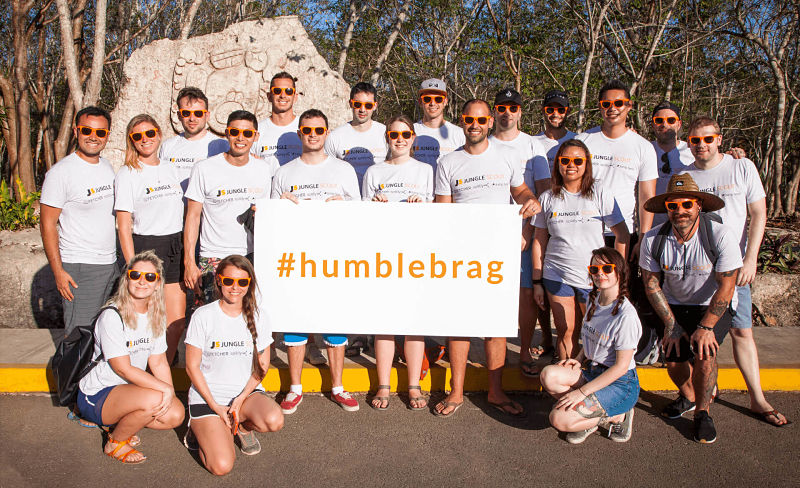

The low price makes it incredible value, and with its simple navigation and user interface, I honestly fell in love with this tool right away.
Sure, it has less tools than Helium 10, but honestly, while those extra tools are cool, I don't think anyone really needs them.
In-fact they might actually have a detrimental effect on a newbie Amazon seller, as it makes it too easy to get lost in the weeds when what they need to be focusing on is the basics of getting a product launched.
So yea...both tools are solid, but Jungle Scout is the real deal.
17. KEEP THIS TO YOURSELF: The Dirty Secret About Selling on Amazon
Look, I’m an Amazon seller myself, and a pretty good one at that.
Because of this I kinda feel like I need to be upfront with you about selling on Amazon for the long term.
If I’m being totally honest, I’m actually looking to shut down my Amazon business in the next year and focus on my lead generation business.
Here’s why…
You see, what most Amazon tool creators don’t tell you is that selling on Amazon is not only risky as hell, but it’s also expensive.


Where most people looking to sell on the platform go wrong is that they figure they can start their Amazon business with a few thousand dollars (I know I did when I first started).
They think they’ll throw 500 units of a product up on Amazon at $5 a unit.
That’s only $2,500. No big deal right?
Here’s where it starts getting messy though.
You see what most Amazon newbies overlook is that it will take up to 90 days to have a product order fulfilled by your manufacturer and then shipped into Amazon’s warehouses.
So you place your first order, and get it shipped to Amazon….that takes 90 days….this means that even if you place your 2nd order right away, you’re still 90 days away from getting your next batch of units in stock.


That means your first 500 units that are now live and selling on Amazon have to last at least 90 days otherwise you’ll run out of stock….that means you can sell less than 6 units a day.
Now I don’t know about you, but I didn’t start an Amazon business to only sell 6 units a day.
So the reality is that unless you want to run out of stock and lose all your momentum and ranking effort, you’re gonna need to chase your first order of 500 units, with a second order before your first order even lands at Amazon.
So that will be another $2,500.
In-fact, if you do the math, you’re probably gonna need a 3rd or even 4th order before you actually start selling your 1st order and getting the money back in your account.
So now we’re looking at up to $10,000 that you’ll need to fund these orders.


On top of that you’ll need money for advertising, product launch giveaways, refunds, warehouse fees...oh and did I mention shipping costs (usually $1K+ per order)...
So all in we’re looking at needing up to $15K to launch your Amazon business...that’s without paying for a fancy Amazon course, or buying any of the cool tools like Jungle Scout and Helium 10.
...and the kicker...you don’t even know if anyone will buy your product!
Don’t get me wrong, selling on Amazon is a viable business model, but it’s incredibly difficult.
Trust me, I know first hand.
I went through the exact problem I’ve just mentioned, and after thinking I needed $3,000 to start my business, I soon found out it was actually $20,000.
Don’t even get me started on how competitive it’s getting, with thousands of new sellers joining the platform every single day, and selling their copycat products for half the price of yours (more on that below)...
18. GOOD NEWS: There’s a Better Way
Here’s the good news though.
With Amazon being a hostile business model, I knew I had to find a better way.
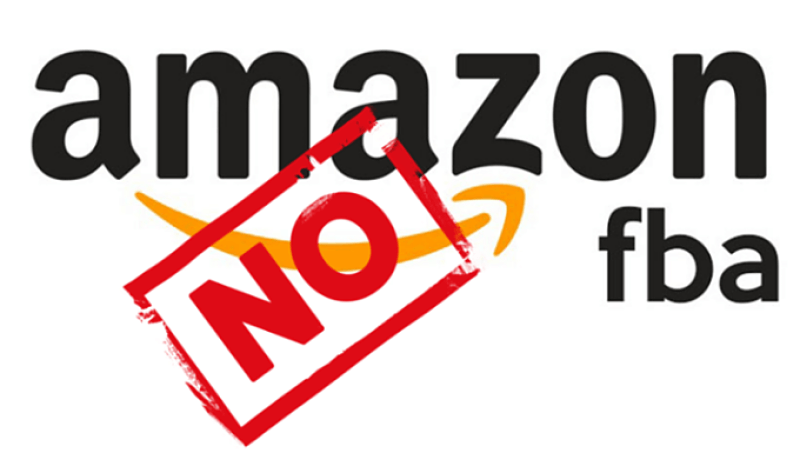

Luckily I did, and it came in the form of local lead generation.
For me, local lead generation is the best business model on the planet.
Here’s why…
With lead generation, you’re building simple websites for local business owners.
There’s just once catch...You own the website at all times.


An example would be a tree service website for your local town.
Once the site ranks #1 in Google (and it always will eventually) you add a tracking phone number to it (easy to do).
Then, as people start visiting your site looking for a tree service in their town, you redirect the phone number to a local business owner that offers tree services, so that they take the calls from the customers.
The calls are all tracked, and you then charge the owner for the leads you are sending them.


This could be a flat $750 a month for all leads, or it could be $20 per lead, or even a commission deal where they pay you 10% of any lead they convert into a paying customer.
Do you see the power here?
Each of these sites costs no more than $15 a month to host, which means you could have 10 sites live for no more than $150 a month.
Now imagine if each of these 10 sites was paying you $750 a month? Imagine if you had 100 of these sites paying you $750 a month?
Remember, unlike Amazon, there’s no inventory to buy, which means no large capital outlay and no risk.
19. MY #1 BUSINESS MODEL: Lead Generation Always Wins
In my opinion, local lead generation is one of the best business models out there.
When you compare it against the unstable business model of Amzon FBA, it wins every single time.
Lead Gen Always Wins...
Amazon FBA
Local Lead Generation
For me, the two business models don't even compare.
Lead generation is hands down a better way to make a living online, and for me it's the real deal.
I'm all in on lead gen!
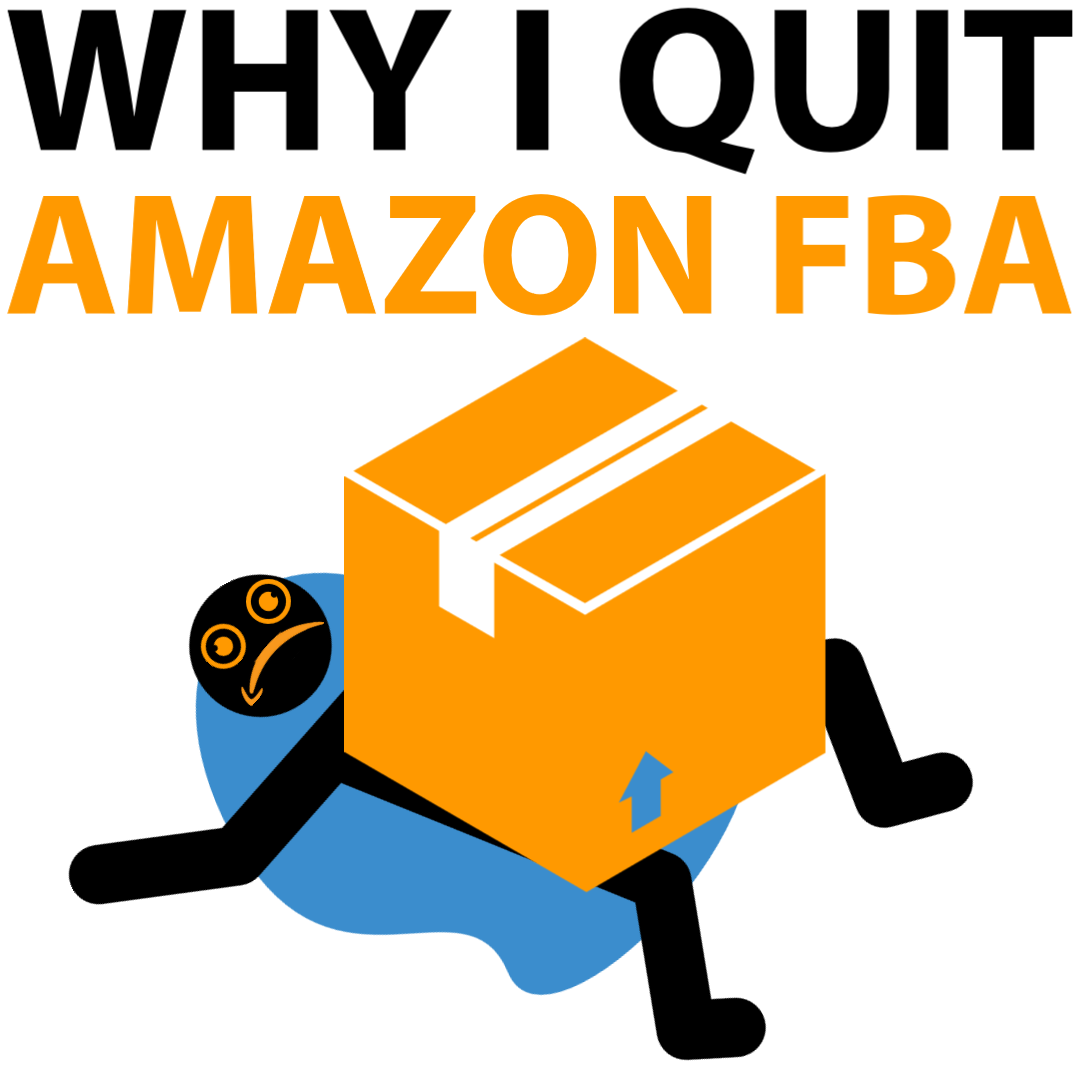

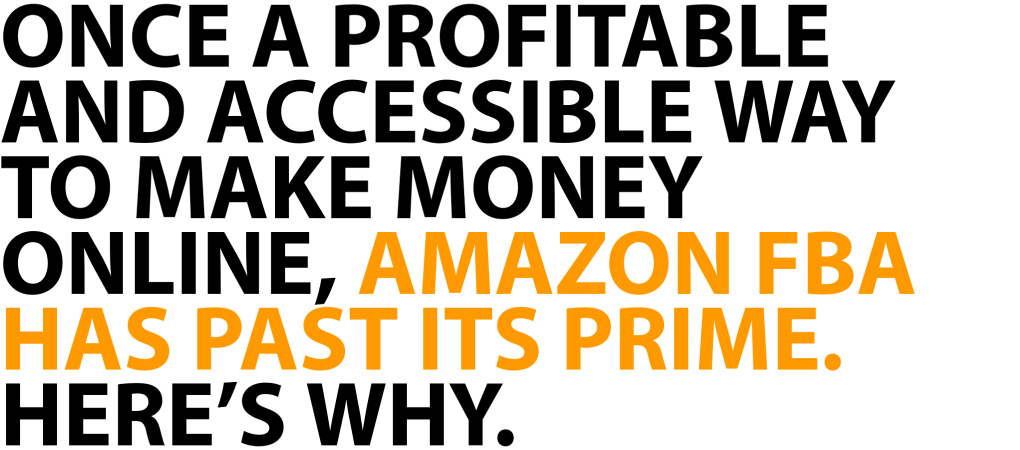

MARKET SATURATION & COMPETITION


You're going head to head with literally millions of sellers covering over 6000 different product niches. Breaking into an established niche is next to impossible - and finding untapped niches are becoming increasingly rare.
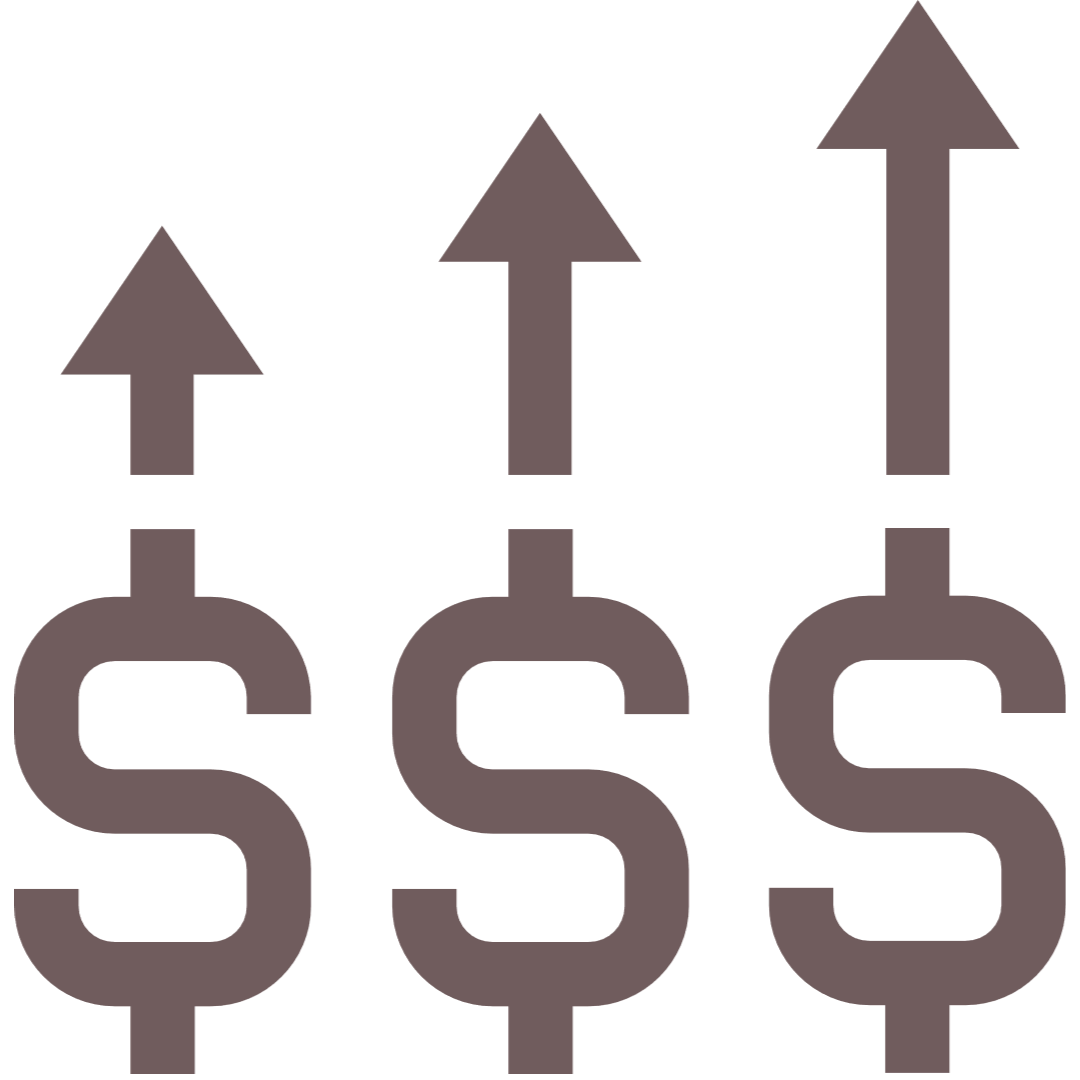

Start up costs require roughly $5000 in initial inventory, $10,000 in advertising, and $3000 in listing optimization, packaging, and branding. All in all, if you want to have a chance at success, you'll need to spend roughly $15,000 to $20,000 just as an initial investment.
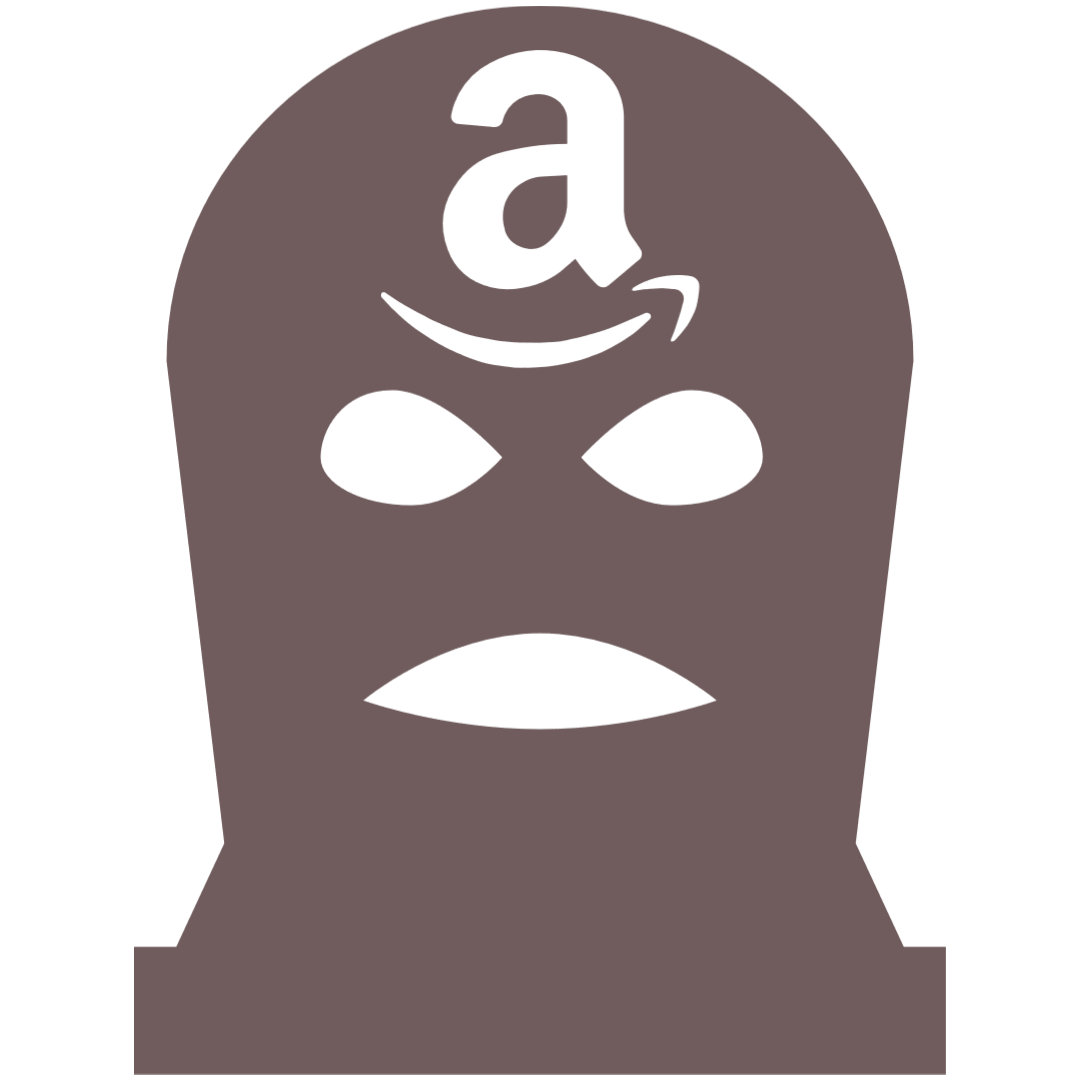

Nearly all successful products are copied and resold by either Amazon or Chinese manufacturers who then undercut their competition at margins that only billion dollar companies can afford. Every time you see an Amazon Basics or Essentials product at the top ranked listing, it's likely that dozens of independent sellers went out of business.


The key to long term wealth is in building and owning valuable assets, but with Amazon FBA, you own nothing. You're an enslaved middleman to Amazon, who care only about market domination and making a profit. Remember, you're there to make them money - and your use of Amazon is a privilege they grant you; a privilege they can revoke at any time.


Between identifying products and suppliers, passing quality assurance, securing inventory, and then product ranking, you're looking at over a year before you even have a chance at seeing a net positive income.


Profit margins are extremely low, meaning the only real way to make money is through mass ordering. Successful Amazon sellers often make less than 10% profit off of their sales.


Amazon's terms of service are fickle and ever changing. Bans are frequent and can spell disaster for FBA startups and established businesses alike.


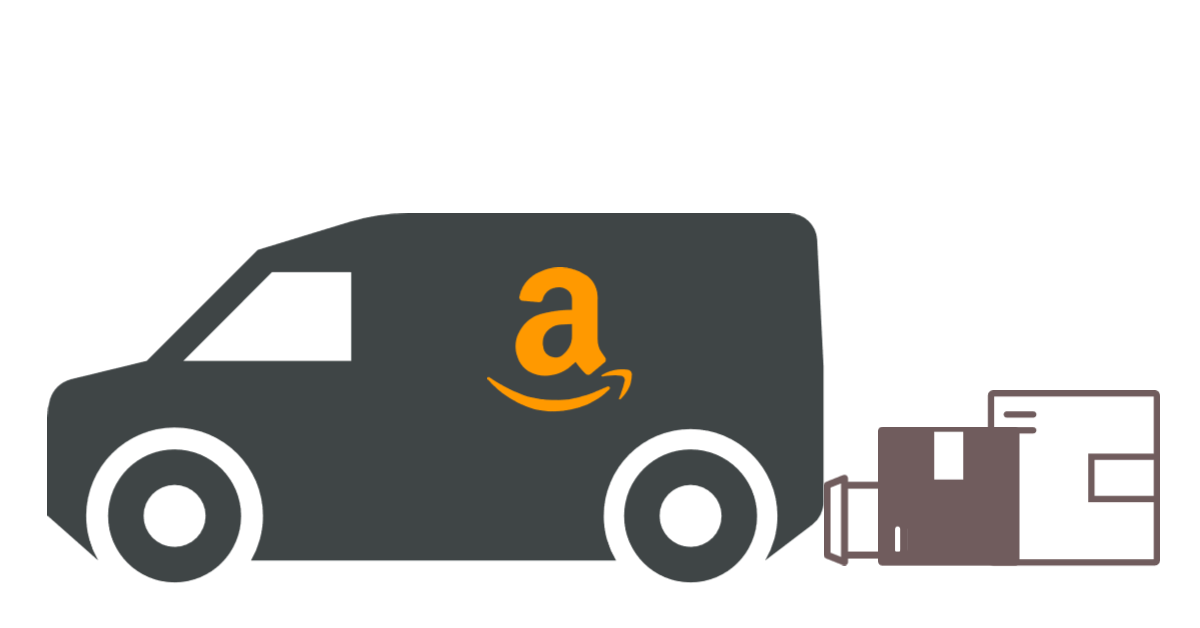

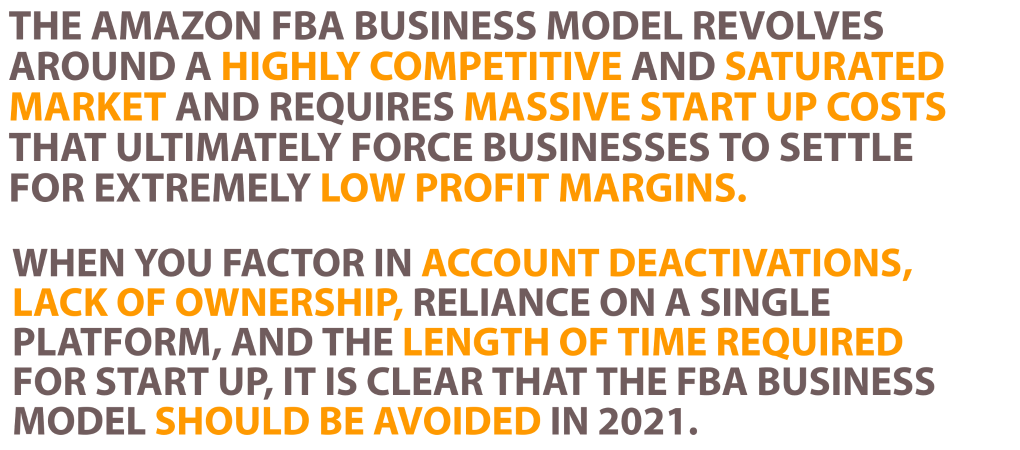





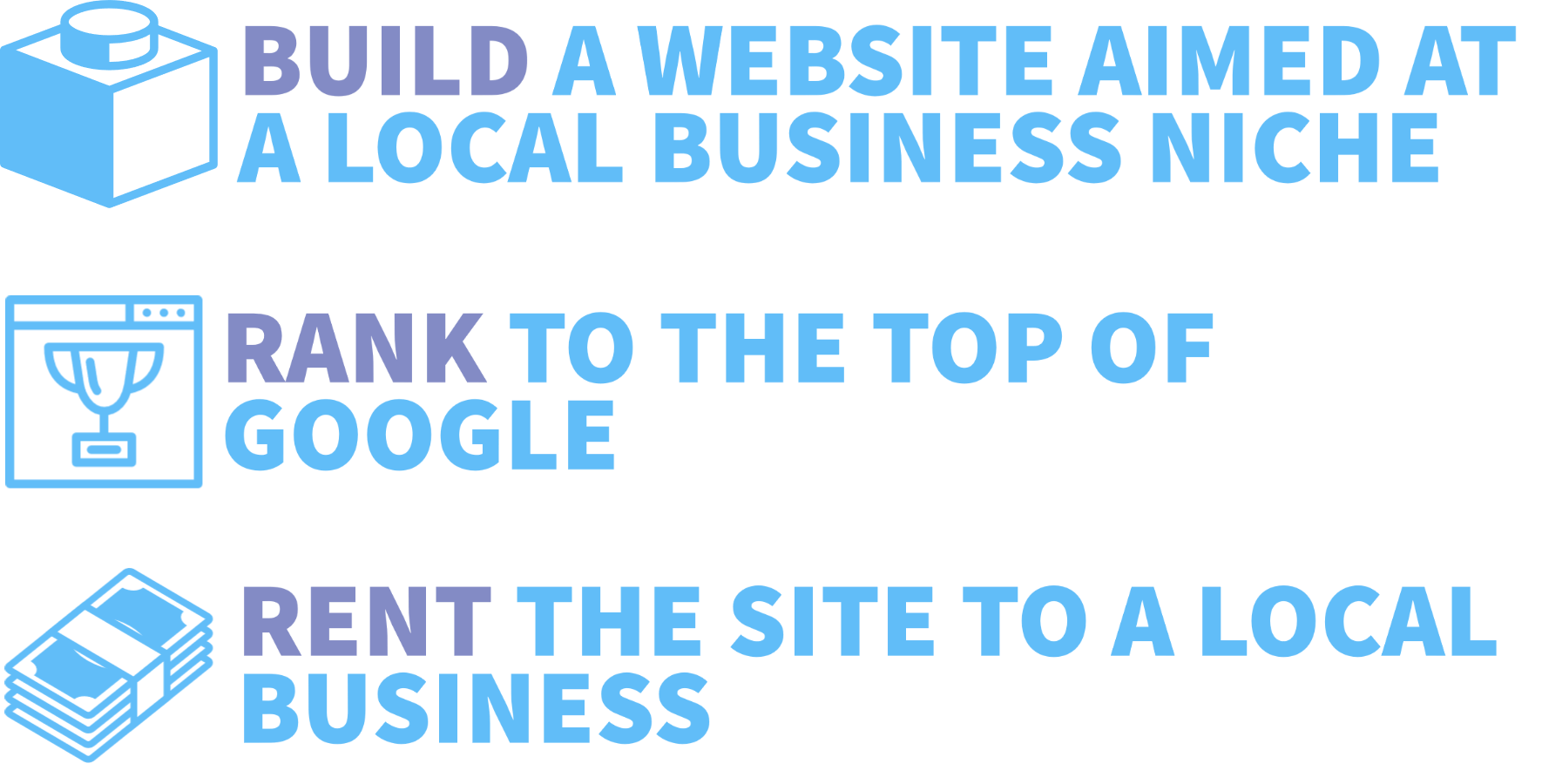



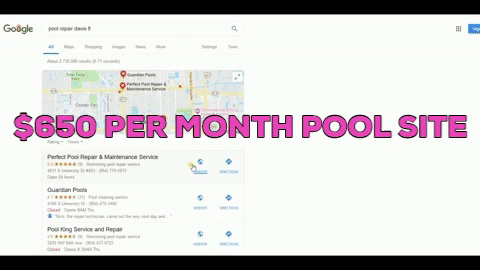



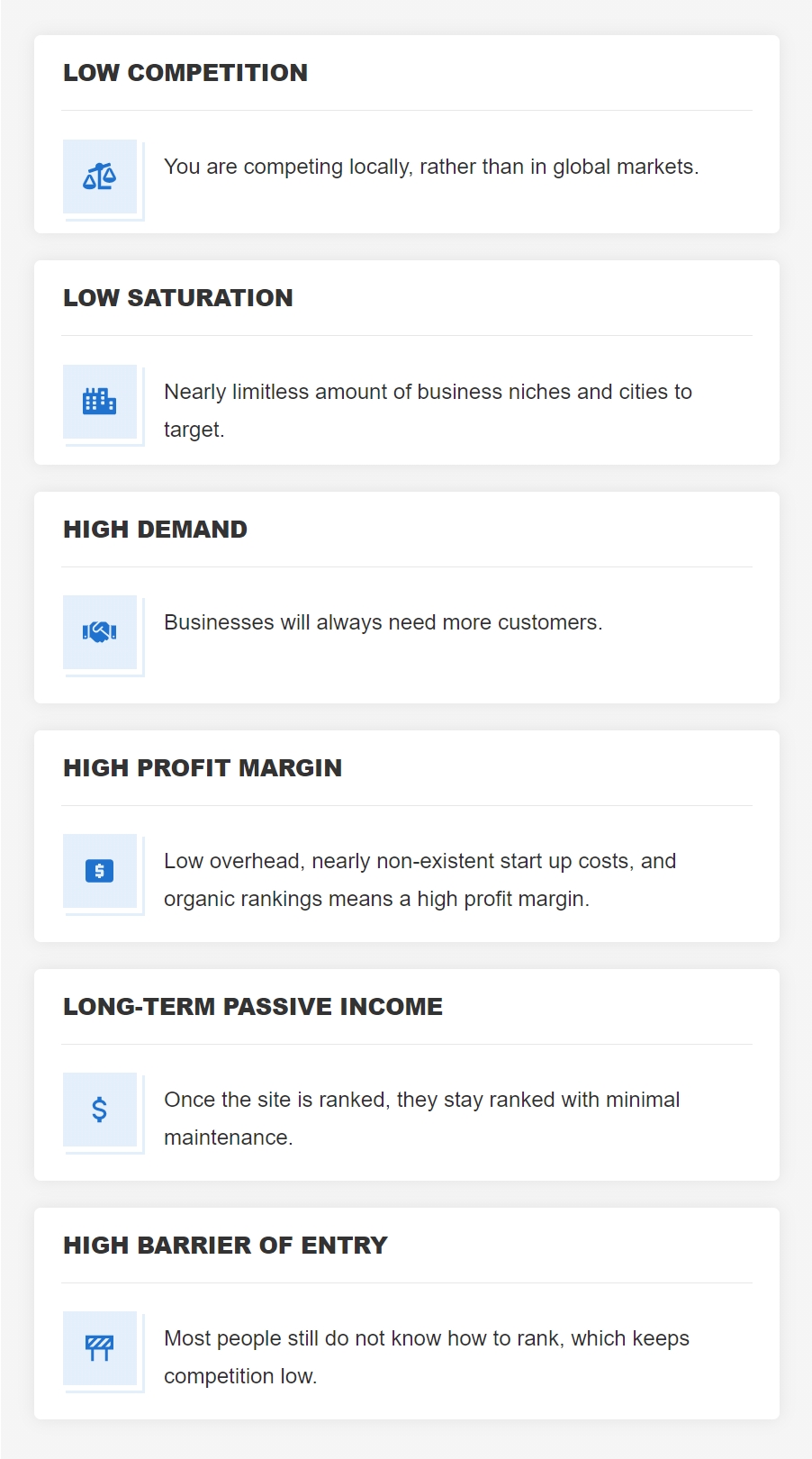







Local Lead Generation
Schedule your coaching call today

